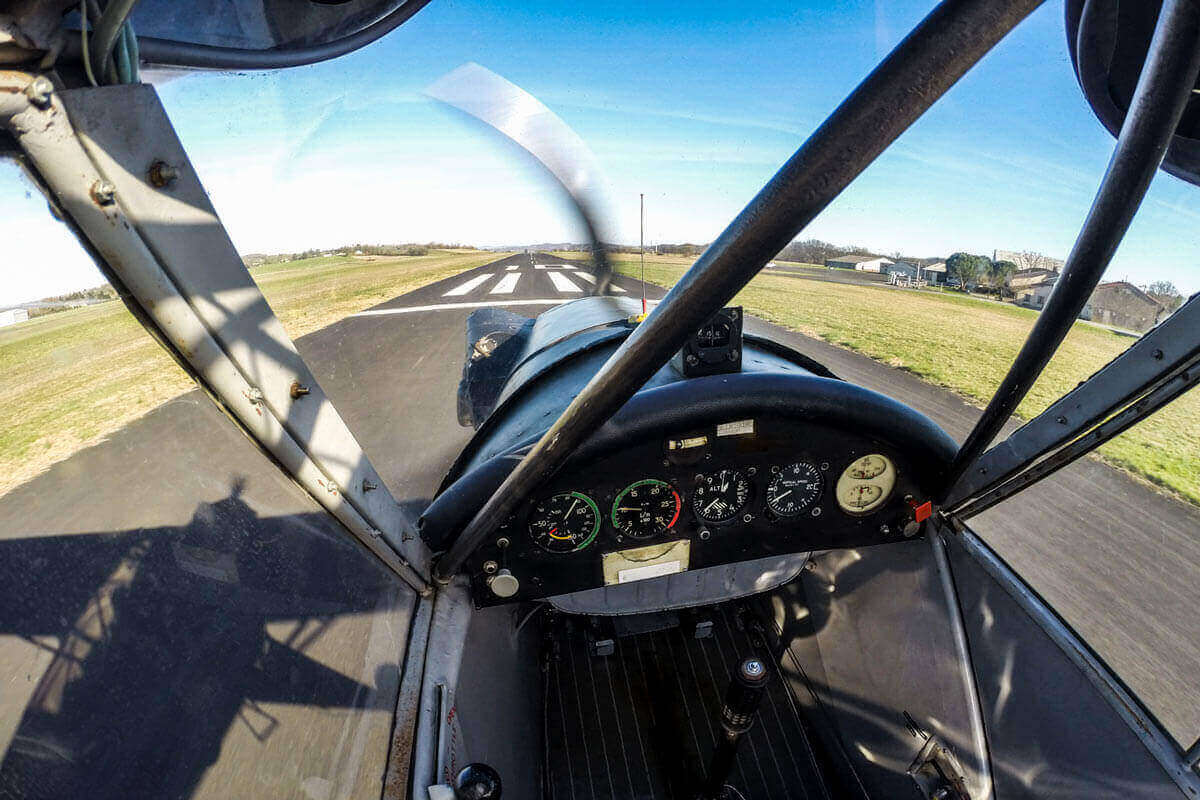Aircraft maintenance is the cornerstone of aviation safety. By adhering to rigorous maintenance practices, aircraft owners and operators can significantly reduce the risk of crashes and ensure the safety of passengers and crew. In this comprehensive guide, we’ll delve into 7 essential aircraft maintenance tips designed to prevent crashes and maintain the highest levels of operational integrity.
Tip 1: Regular Inspections for Early Detection
Routine inspections are a cornerstone of preventive maintenance. Regularly scheduled checks enable aviation professionals to identify wear, corrosion, and potential issues before they escalate. These inspections encompass critical components such as engines, control surfaces, landing gear, and more. By catching problems early, maintenance teams can undertake corrective measures, preventing catastrophic failures in flight.
Tip 2: Maintain Accurate Records for Future Insights
Maintaining meticulous maintenance records is more than a regulatory requirement—it’s a strategic advantage. Detailed records provide insights into an aircraft’s maintenance history, aiding in identifying recurring problems and planning future maintenance endeavors. By leveraging these records, maintenance teams can make informed decisions to keep aircraft in optimal condition.
Tip 3: Preserve Engine Health Through Regular Maintenance
Engines are the heartbeat of any aircraft. Regular engine maintenance is essential to prevent in-flight engine failures. Regular activities such as oil changes, thorough component checks, and adherence to manufacturer-recommended maintenance schedules are crucial. By ensuring the engines are in peak condition, operators can minimize the risk of mid-flight emergencies.
Tip 4: Optimize Avionics Systems for Precision
Avionics systems are the brains behind safe and efficient flights. Regular checks and updates to communication, navigation, and monitoring systems are imperative to ensure accuracy. Avionics upgrades not only enhance safety but also contribute to operational efficiency and compliance with modern airspace requirements.
Tip 5: Strengthen Structural Integrity for Reliability
The structural integrity of an aircraft is paramount. Regular inspections to identify corrosion, stress fractures, and fatigue are essential for maintaining the aircraft’s reliability. Addressing these issues proactively ensures that structural components are capable of withstanding the rigors of flight, thereby reducing the risk of catastrophic failures.
Tip 6: Embrace Regulatory Compliance for Safety
Adhering to aviation regulations is non-negotiable. Regulatory standards are established to ensure consistent safety across the industry. Aircraft owners and operators must remain vigilant in complying with these standards and manufacturer recommendations. Compliance not only reduces the risk of maintenance-related accidents but also fosters a culture of safety.
Tip 7: Continuous Training and Skill Enhancement
Aircraft maintenance is a dynamic field with evolving technologies. Continuous training for maintenance personnel is essential to keep up with the latest practices and techniques. Well-trained personnel are better equipped to detect potential issues and address them effectively. Investing in ongoing education ensures that maintenance teams are well-prepared to tackle the challenges of modern aviation.
Conclusion: In the realm of aviation, safety is paramount. By adhering to these 7 aircraft maintenance tips, operators and maintenance teams can significantly reduce the risk of crashes and ensure the safety of all stakeholders. Regular inspections, meticulous record-keeping, engine health maintenance, avionics optimization, structural integrity checks, regulatory compliance, and ongoing training form a comprehensive approach to safeguarding flights. Remember, a commitment to maintenance is a commitment to safety in the skies.
FAQs:
Q1: Why is aircraft maintenance important?
A1: Aircraft maintenance is vital to ensure that aircraft operate safely and efficiently. Regular maintenance prevents mechanical failures and identifies potential issues before they lead to accidents.
Q2: What are the key benefits of proper aircraft maintenance?
A2: Proper maintenance enhances aircraft reliability, extends their operational life, maintains performance efficiency, and ensures compliance with aviation regulations.
Q3: How often should aircraft undergo maintenance checks?
A3: Aircraft undergo routine maintenance checks according to predetermined schedules. The frequency varies based on the type of aircraft and its usage, with some checks occurring after a certain number of flight hours or cycles.
Q4: What are some common causes of aircraft crashes related to maintenance issues?
A4: Aircraft crashes can be caused by factors such as engine failures, structural weaknesses, inadequate inspections, and faulty components. Proper maintenance helps mitigate these risks.
Q5: What are the seven maintenance tips to prevent crashes?
A5: Here are seven crucial maintenance tips:
Tip 1: Regular Inspections Routine inspections are essential to identify any signs of wear, corrosion, or damage. These inspections cover engines, control surfaces, landing gear, and other critical components.
Tip 2: Maintenance Records Maintaining accurate and up-to-date maintenance records helps track the history of the aircraft, making it easier to identify recurring issues and plan future maintenance.
Tip 3: Engine Health Engines are the heart of an aircraft. Regular engine maintenance, including oil changes and component checks, is vital to prevent mid-flight engine failures.
Tip 4: Avionics Checks Avionics systems control communication, navigation, and other vital functions. Regular checks and updates to these systems ensure accurate readings and safe operations.
Tip 5: Structural Integrity Structural components need consistent checks for corrosion, stress fractures, and fatigue. Detecting these issues early prevents catastrophic failures.
Tip 6: Compliance with Regulations Adhere to aviation regulations and manufacturer recommendations. Compliance ensures that aircraft meet safety standards and reduces the risk of maintenance-related accidents.
Tip 7: Training and Skill Enhancement Aircraft maintenance personnel should undergo continuous training to stay updated on the latest techniques and technologies, enhancing their ability to detect and address potential issues.

Leave a Reply
You must be logged in to post a comment.